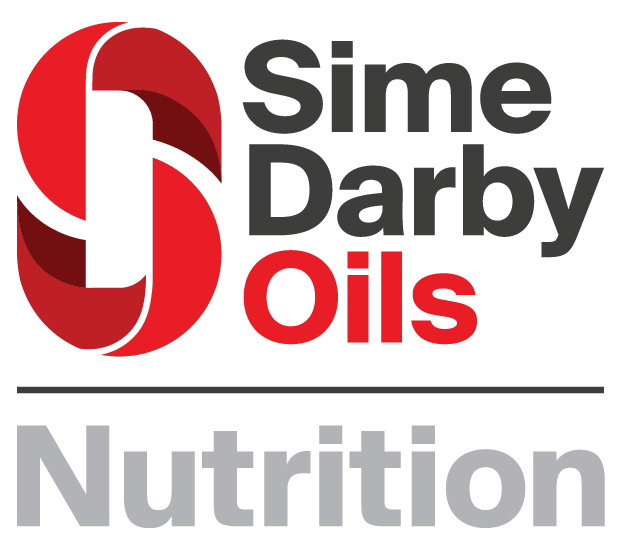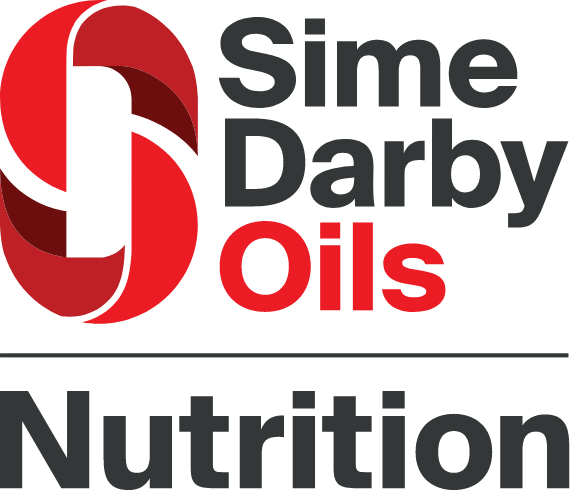Published on June 2, 2013 on The Star
Written by: Fiona Ho
Recent studies conducted by the Ohio State University have found that a natural compound of vitamin E called alpha-tocotrienols may play a role in reducing stroke-related damage.
IMAGINE having the world you know ripped from beneath your feet. Your vision blurs. Colours once resoundingly familiar grow faint.
Your memory fails you. Abilities you have been well-acquainted with from infancy, including the simple acts of walking and talking, become a daily struggle.
Having a stroke can leave you with severe and lasting debilitations.
Currently, it is also the leading cause of serious long-term disability around the world.
Strokes occur when the blood flow to your brain is halted. Within minutes, brain cells become damaged and may die.
When this occurs, the body parts that are controlled by these cells can no longer function.
This loss of function may range from mild to severe, or temporary or permanent; depending on where and how much of the brain is damaged, as well as how fast the blood supply can be returned to the affected areas.
Types of stroke
There are two types of stroke. The more common one, called ischaemic stroke, is caused by blood clots that block the blood vessels to the brain.
About 87% of all strokes are ischaemic in nature.
The other kind, called haemorrhagic stroke, occurs when there is bleeding in the brain.
Meanwhile, “mini-strokes” or transient ischemic attacks (TIAs) occur when the blood supply to the brain is briefly interrupted.
According to the World Health Organization (WHO), stroke results in the fourth highest burden of disease worldwide.
In Malaysia, stroke is actually the third biggest cause of death.
Of the individuals surviving stroke, around 70% will experience severe disability immediately after, and 30% will still be experiencing severe disability after 12 months.
A stroke can happen to anyone, but the risk of getting one increases with age.
After the age of 55, the risk of suffering from a stroke doubles for every decade a person is alive.
At 45 years of age, the chance of having a stroke in the next 20 years is approximately one in 30.
However, an increasing number of strokes have been reported in people under the age of 40.
Health experts attribute this trend to lifestyle factors such as physical inactivity, heavy drinking and smoking.
Such lifestyle choices may contribute to risk factors such as hypertension, diabetes, atrial fibrillation (which produces an irregular heartbeat), and high cholesterol.
Acute stroke therapies try to stop a stroke while it is happening by quickly dissolving the blood clot or by stopping the bleeding.
Post-stroke rehabilitation helps individuals overcome disabilities that result from stroke damage.
Drug therapy with blood thinners is the most common treatment for stroke.
Tocotrienols in stroke prevention
Recent studies conducted by the Ohio State University scientists have found that a natural compound of vitamin E called alpha-tocotrienol may have neuroprotective properties that can play a role in reducing stroke-induced damage.
Vitamin E occurs naturally in eight different forms: four tocopherols and four tocotrienols – each named alpha, beta, delta and gamma. The more commonly known form of vitamin E is tocopherols. However, with continuing research, tocotrienols are fast emerging as the superior siblings in the vitamin E family that is also necessary to provide a full range of antioxidant properties in vitamin E.
The vitamin E derivative is a common component of a typical Southeast Asian diet that is found in rice bran, coconut oil, cocoa butter, barley, wheat germ and palm oil. However, tocotrienols are most abundantly found in palm oil.
About 75% of vitamin E from palm oil comprises of tocotrienols.
Prof Chandan K. Sen, professor and vice chair for research in Ohio State’s department of surgery and senior author of a study on stroke prevention informed that that their research has shown that alpha-tocotrienol can trigger production of a protein in the brain that clears toxins from nerve cells.
This helps to prevent those cells from dying after a stroke.
“The main emphasis of our study is what you call ‘secondary prevention’. In many cases, stroke is preceded by TIAs or a mini-stroke.
“We know that one in five people who have had a mini-stroke will get a full-blown stroke within a year. This is where we intervene, to make sure that the full-blown stroke doesn’t come about,” he says.
This neuroprotective property is among the three mechanisms that tocotrienols exhibit to protect brain cells after a stroke, according to the Ohio State University scientists who have studied the nutrient for more than a decade.
In the case of stroke, blood clots are dangerous because they can block arteries and cut off blood flow, a process leading to ischaemia (lack of blood).
Prof Chandan, who has led numerous studies on how vitamin E tocotrienols can protect the brain against stroke damage in animal and cell models, says that their research has found that alpha-tocotrienols also act as an antithrombotic agent, which can help prevent or interfere with the formation of a thrombus or blood clotting.
The team also found evidence that tocotrienol has arteriogenic properties that could help protect the brain against the damage caused by stroke, says Prof Chandan.
Arteriogenesis refers to an increase in the diameter of existing arterial (blood) vessels.
“In recovering from a stroke, we have found that alpha-tocotrienols have the ability to irrigate the injured part of the brain through arteriogenesis, a process that assists in vascularisation of the brain.”
The induced growth of collateral arteries may reduce ischaemic injury in endangered territories.
The good news is that about 80% of all strokes are preventable. It begins with managing the key risk factors. Because the risk factors of stroke are well-defined, an effective scoring mechanism can help to evaluate your overall risk of getting a stroke.
“Obviously, if you are in the risky category, you should look into preventive measures, rather than wait until a stroke happens and then go for treatment,” Prof Chandan points out.
The researcher adds: “The best thing about tocotrienol is, because it is not a drug, it has no toxicity and the risk of addiction is absent.
“There is also evidence that tocotrienols can be beneficial in cholesterol management, one of the key risk factors for stroke. It is a natural remedy that can easily be applied as a form of effective stroke preventive measure,” he concludes.
Reference:




